For your eyes only: improving Netflix video quality with neural networks
The Netflix TechBlog
NOVEMBER 17, 2022
Bampis , Li-Heng Chen and Zhi Li When you are binge-watching the latest season of Stranger Things or Ozark, we strive to deliver the best possible video quality to your eyes. To do so, we continuously push the boundaries of streaming video quality and leverage the best video technologies.

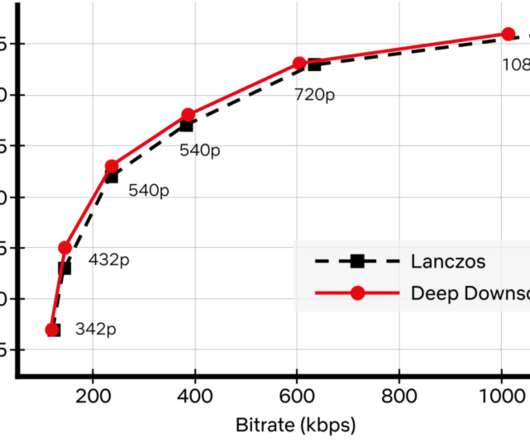







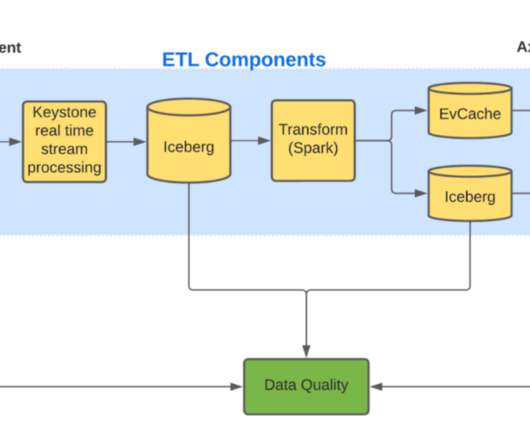

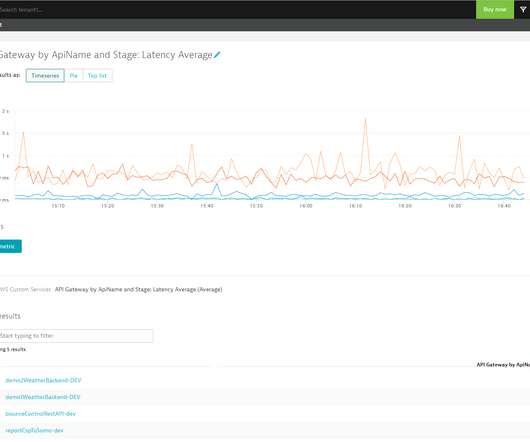
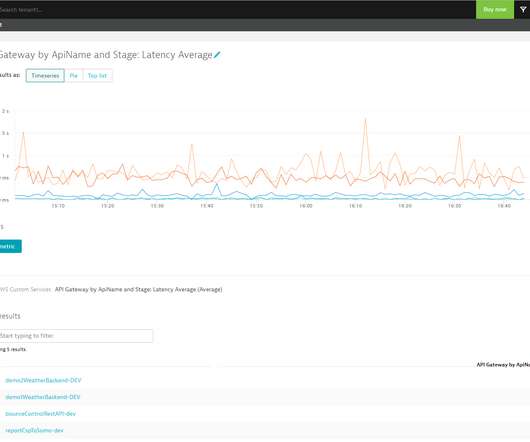





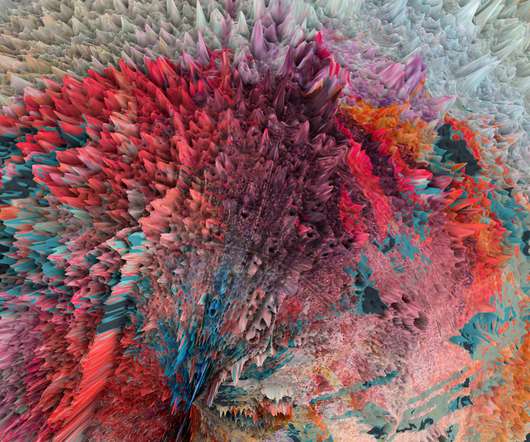











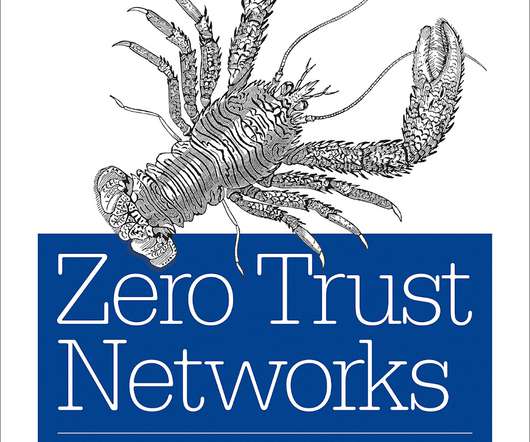

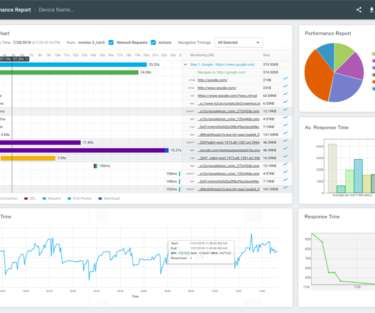

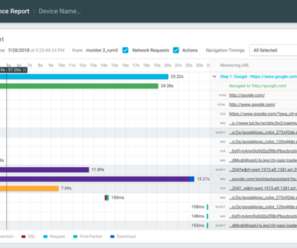







Let's personalize your content